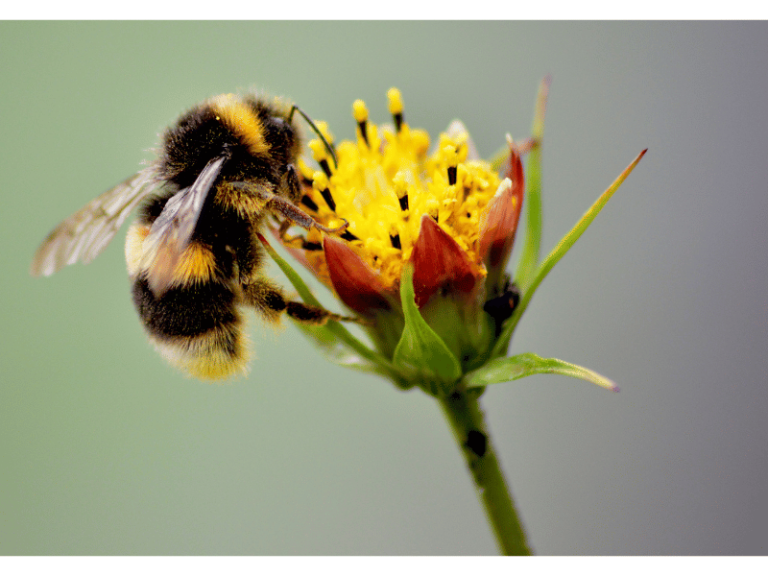You are very familiar with rice and wheat, but do you know what their ancestors looked like? They were similar to barnyard grass and foxtail grass.
Barnyard grass, foxtail grass, and rice and wheat are ultimately different! We must thank our diligent ancestors, who carefully cultivated and selected the best while eliminating the worst for generations. Over thousands of years, we now have the high-quality rice and wheat varieties we see today. Fields of golden wheat in April and the fragrant rice in August are symbols of humanity’s triumph over nature.
However, nature is stubborn. Even these excellent varieties of rice and wheat are not fixed in their characteristics. If cultivated without selective breeding over a long period, their qualities will degrade. The ears become smaller, the grains fewer, and the maturation period inconsistent.
If you observe the inbreeding of animals, you will notice that their vitality decreases with each generation. This is because the lack of new blood and new cytoplasm makes the species more homogeneous and less adaptable to the environment. Rice and wheat are self-pollinating crops, and in this respect, they are similar to the inbreeding of animals. Long-term self-pollination also leads to gradual degeneration, reverting more and more to their wild state.
Given that self-pollinating crops tend to degenerate, you might worry that rice and wheat varieties will worsen over time. How can their varieties be improved? In fact, even though these crops tend to degenerate, some plants and seeds still exhibit particularly excellent traits. As long as we consciously select the best seeds, we can curb this degeneration and, conversely, improve the varieties, making the traits of rice and wheat even better. The high-quality wheat variety “Bima No. 1” and the excellent rice variety “Lao Lai Qing” were both obtained through selection and cultivation. Many people around the world are diligently researching to cultivate new varieties!
“Man can conquer nature.” Despite the degenerative tendencies of self-pollinating crops, as long as we continue to select the best seeds, more and more superior varieties will emerge.

